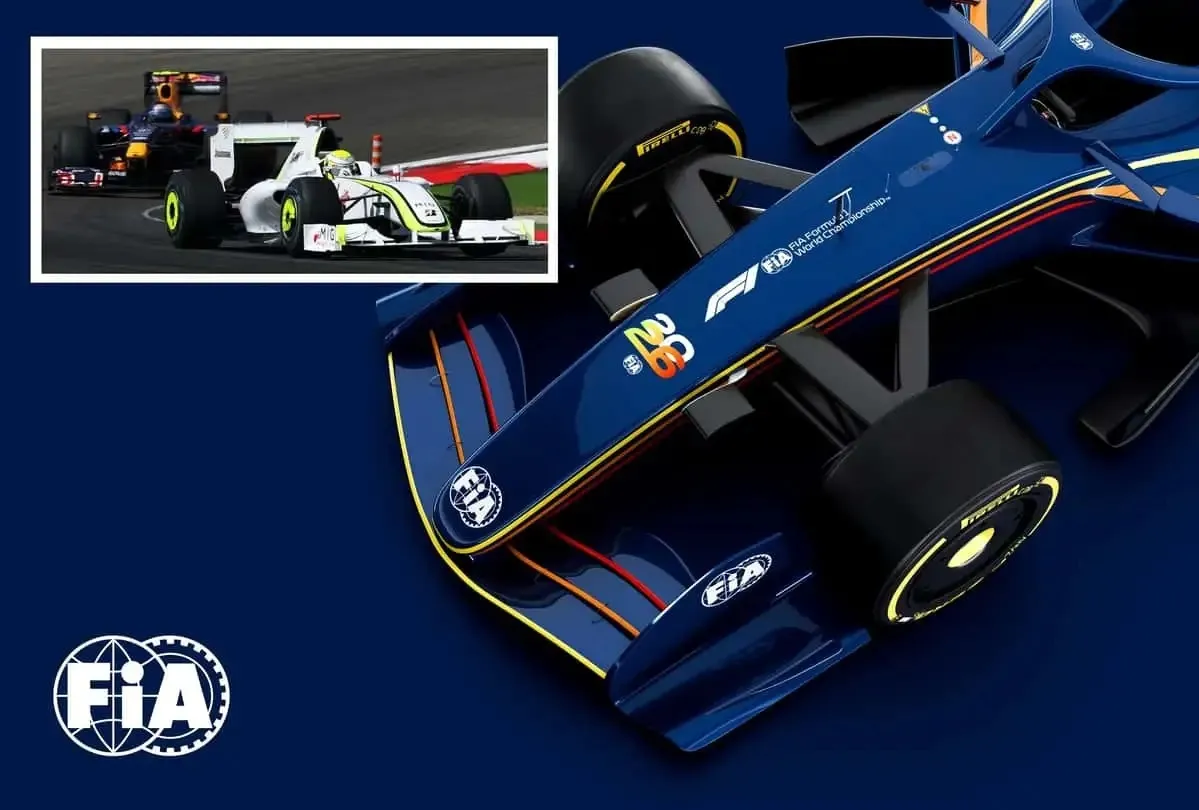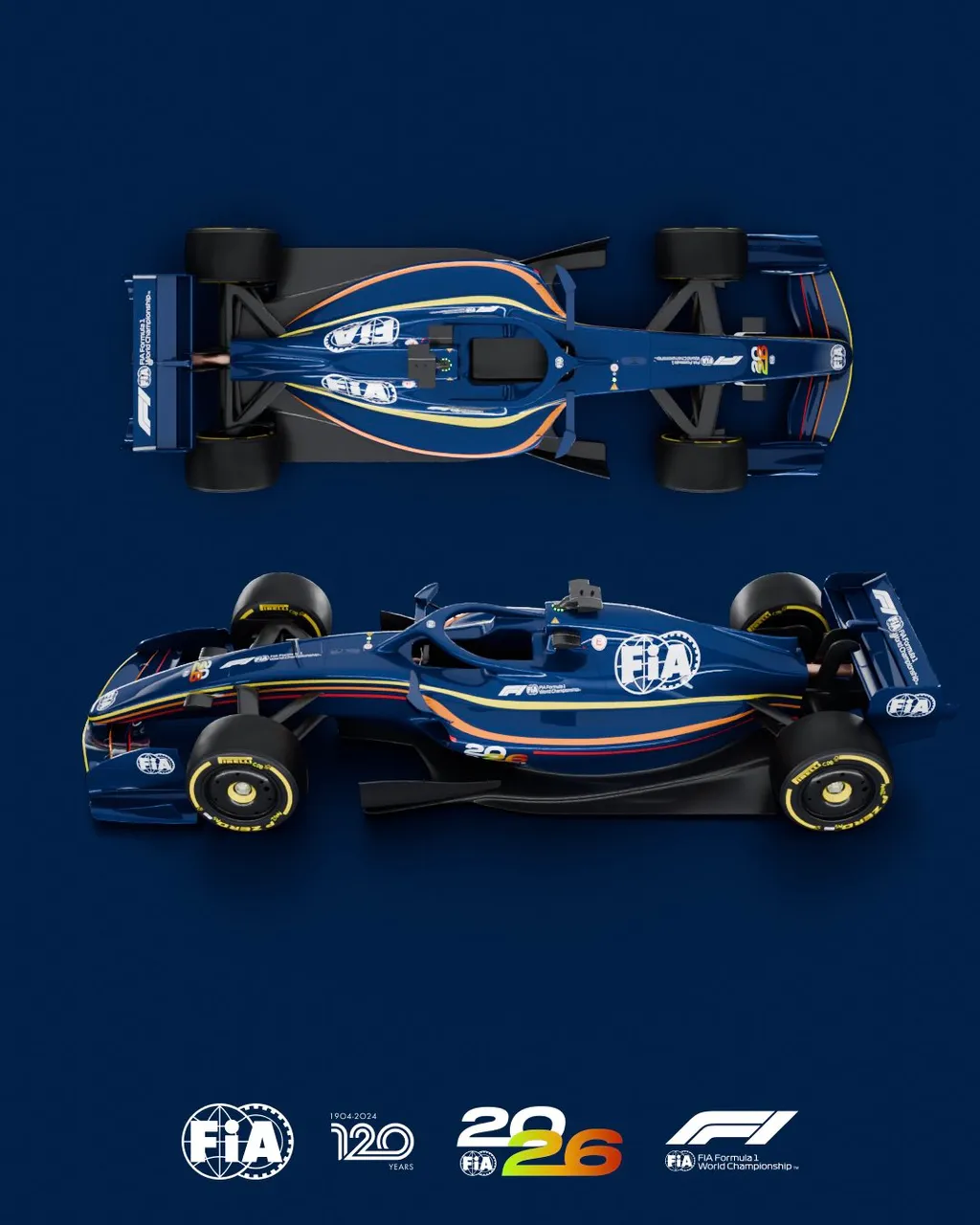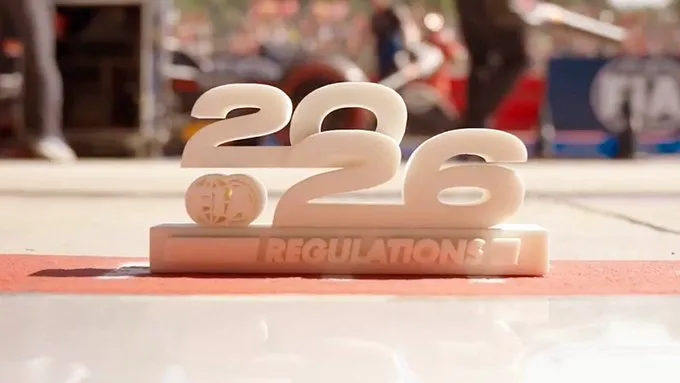
En apenas un año y medio tendremos la oportunidad de ver autos de fórmula 1 más pequeños y livianos que los actuales, un importante cambio en la reglamentación y el diseño de los monoplazas que además promete resaltar la tarea de los pilotos.
Para la temporada 2026 el cambio reglamentario en el que se consultó a todas las escuderías participantes en la máxima categoría del automovilismo internacional, prevé una reducción en la distancia entre ejes y por consiguiente en el ancho de los vehículos, pero esa no es la novedad más importante.
El mayor cambio previsto en el nuevo reglamento es la eliminación del DRS (Drag Reduction System) y su reemplazo por otro sistema que permitirá al piloto cambiar durante la conducción la alta carga aerodinámica por la baja resistencia y viceversa, otra novedad está dada en que ya no se tendrá la limitación del segundo de diferencia con el auto de adelante para poder activarlo ni los sectores exclusivos para su activación, sino que cada piloto decidirá el momento y la oportunidad.
También en los impulsores habrá cambios, la potencia eléctrica se aumentará para equiparar en porcentaje al motor de combustión interna, una decisión que se tomó hace más de dos años y que se mantiene en permanente evolución.
El peso de los autos se reducirá en 30 kilos pasando a ser de 768 como máximo, todavía muy lejos de los 605 kilos que supo tener 20 años atrás, por ejemplo, el auto que condujo Michael Schumacher al obtener su séptima corona con Ferrari.

Como mencionamos al principio, la distancia entre ejes se reducirá de 3.600 a 3.400 mm y el ancho del vehículo pasará de 2.000 a 1.900 mm, la altura máxima sobre el suelo se reducirá en 150 mm y el piso del vehículo pasará a ser más plano por lo que el efecto suelo dejará de tener tanta relevancia en la configuración aerodinámica. Otra importante medida estará dada en el ancho de los neumáticos, los traseros se reducirán en 30 mm y los delanteros en 25 mm, aunque se mantendrán las mismas 18 pulgadas en el diámetro de las llantas.
Según las apreciaciones de los entendidos, todas estas modificaciones tienden a producir vehículos más pequeños y ágiles donde se acentuará la buena conducción del piloto y promoverá una mayor competencia y paridad.
Un claro ejemplo de esto lo tendremos en circuitos angostos (Mónaco, por ejemplo) donde quizás a partir de estas nuevas configuraciones se dará una mayor cantidad de sobrepasos y no carreras aburridas como la última disputada hace pocos días donde el piloto que va adelante maneja el ritmo a su antojo gracias a que el sobrepaso es prácticamente imposible.

Como dije anteriormente, la FIA menciona que todas estas novedades técnicas han sido consensuadas con las escuderías, aunque ya se han escuchado algunas alertas y quejas por parte de esos mismos equipos en contra de algunas de estas medidas.
Veremos si finalmente todos estos cambios revolucionarios se implementarán o habrá negociaciones de último momento y algunos quedan pospuestos para más adelante u olvidados en los cajones del lobby y la burocracia.
Less is more
In just a year and a half, we will have the opportunity to see Formula 1 cars that are smaller and lighter than the current ones, an important change in the regulations and design of vehicles that also promises to highlight the drivers' work.
For the 2026 season, the regulatory change in which all participating teams in the highest category of international motorsports were consulted, foresees a reduction in the distance between axles and consequently in the width of the vehicles, but that is not the most novelty. important.
The biggest change planned in the new regulations is the elimination of the DRS (Drag Reduction System) and its replacement by another system that will allow the pilot to change high aerodynamic load for low resistance while driving and vice versa. Another novelty is that There will not be the limitation of a second difference with the car in front to be able to activate it or the exclusive sectors for its activation, each driver will decide the moment and the opportunity.
There will also be changes in the drivers, the electric power will be increased to match the internal combustion engine in percentage terms, a decision that was made more than two years ago and that remains in permanent evolution.
The weight of the cars will be reduced by 30 kilos to a maximum of 768, still far from the 605 kilos that the car that Michael Schumacher drove when he won his seventh crown with Ferrari, for example, had 20 years ago.
As we mentioned at the beginning, the wheelbase will be reduced from 3,600 to 3,400 mm and the width of the vehicle will go from 2,000 to 1,900 mm, the maximum ground clearance will be reduced by 150 mm and the floor of the vehicle will become flatter by which will mean that the ground effect will no longer have as much relevance in the aerodynamic configuration. Another important measure will be given in the width of the tires, the rear ones will be reduced by 30 mm and the front ones by 25 mm, although the same 18 inches in the diameter of the rims will be maintained.
According to experts, all these modifications tend to produce smaller and more agile vehicles where the driver's good driving will be accentuated and will promote greater competition and parity.
We will have a clear example of this in narrow circuits (Monaco, for example) where perhaps from these new configurations there will be a greater number of overtakes and not boring races like the last one held a few days ago where the driver in front controls the pace at will thanks to the fact that overtaking is practically impossible.
As I said previously, the FIA mentions that all these technical innovations have been agreed upon with the teams, although some alerts and complaints have already been heard from those same teams against some of these measures.
In just a year and a half we will have the opportunity to see Formula 1 cars that are smaller and lighter than the current ones, an important change in the regulations and design of the cars that also promise to highlight the work of the drivers.
For the 2026 season, the regulatory change in which all participating teams in the highest category of international motorsports were consulted, foresees a reduction in the distance between axles and consequently in the width of the vehicles, but that is not the most novelty. important.
The biggest change planned in the new regulations is the elimination of the DRS (Drag Reduction System) and its replacement by another system that will allow the pilot to change high aerodynamic load for low resistance while driving and vice versa. Another novelty is that There will not be the limitation of a second difference with the car in front to be able to activate it, rather each driver will decide the moment and the opportunity.
There will also be changes in the drivers, the electric power will be increased to match the internal combustion engine in percentage terms, a decision that was made more than two years ago and that remains in permanent evolution.
The weight of the cars will be reduced by 30 kilos to a maximum of 768, still far from the 605 kilos that the car that Michael Schumacher drove when he won his seventh crown with Ferrari, for example, had 20 years ago.
As we mentioned at the beginning, the wheelbase will be reduced from 3,600 to 3,400 mm the width of the vehicle will go from 2,000 to 1,900 mm, the maximum ground clearance will be reduced by 150 mm and the floor will become flatter which will mean that the ground effect will no longer have as much relevance in the aerodynamic configuration. Another important measure will be given in the width of the tires, the rear ones will be reduced by 30 mm and the front ones by 25 mm, although the same 18 inches in the diameter of the rims will be maintained.
According to experts, all these modifications tend to produce smaller and more agile vehicles where the driver's good driving will be accentuated and will promote greater competition and parity.
We will have a clear example of this in narrow circuits (Monaco, for example) where perhaps from these new configurations there will be a greater number of overtakes and not boring races like the last one held a few days ago where the driver in front controls the pace at will thanks to the fact that overtaking is practically impossible.
As I said previously, the FIA mentions that all these technical innovations have been agreed upon with the teams, although some alerts and complaints have already been heard from those same teams against some of these measures.
We will see if all these revolutionary changes will finally be implemented or if there will be last-minute negotiations. Some will be postponed or forgotten in the drawers of the bureaucracy and lobby.
Héctor Gugliermo
@hosgug